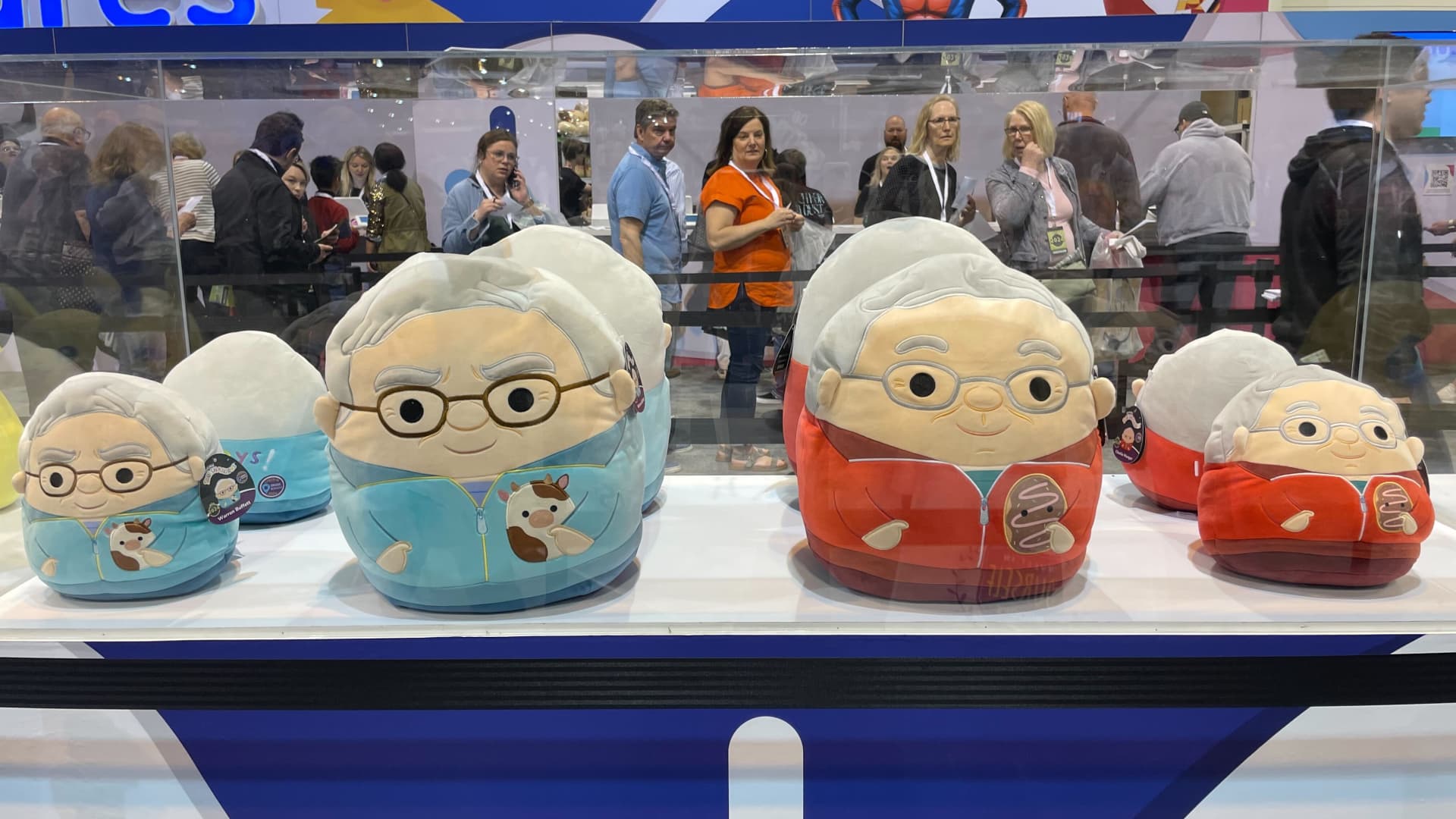For the entire existence of POS terminals on the market, they have not technically changed dramatically. This is due to the fact that a POS terminal, unlike a personal computer, spends significant resources on maintaining the operation of peripheral equipment, the number and capabilities of which have remained practically unchanged for many years.
How to build a point of sale system? This is a fairly common question asked by many. Nothing complicated, you just need to find good specialists.
Requirements for POS terminals
Customer requirements for POS terminals can be divided into four groups: reliability, functionality, ergonomics and appearance. Only the first requirement is constant, the rest undergo certain changes over time.
The functionality of POS terminals directly depends on the software used. The cash register program must support all trade processes: operations for accepting money, returning, canceling, various types of payment, etc. The possibility of introducing marketing programs is also very important at the present time: discounts, bonuses, holding promotions, etc. More and more often, cash registers not only pay for purchases, but also accept credit cards, pay for cellular services, utility bills, etc. General requirements are also important: protection against unauthorized actions of the cashier, safety of data, promptness of updating directories.
There are more and more requirements for the functions of cash registers – this is support for video surveillance systems, and work with queue busting systems (acceleration of queues). Often, the choice of a cash register program is a decisive factor in choosing a manufacturer of cash register equipment.
The design and ergonomics of the POS terminal, as well as the location of its components on the working surfaces of the checkout box, are very much dependent on the concept of customer service by the cashier in the store. The most widespread are the main types of cashier landing: frontal, classic, standing work. More and more retailers decide to use a front facing cashier.
When choosing such a fit, preference is given to a keyboard combined with a cashier’s display – this simplifies its placement on a cash register and a cash drawer that opens upwards (otherwise called a flip-top). Everything is aimed at minimizing the space at the side of the cashier.
The specialization of the store and its format also play an important role, since the requirements for the design of the checkout area are born here. For example, for a boutique, the appearance and even the color of equipment plays an important role. In a supermarket, the requirements are aimed at placing the equipment most conveniently in relation to the movement of the cashier in the checkout box, thereby increasing the speed and quality of customer service, as the most important indicator of the work of such a store.
POS terminals and POS systems
In accordance with the classifier of cash registers, a POS terminal is understood as a cash register with fiscal memory, which has the capabilities of a personal computer for input-output, storage, processing and display of information. POS-systems are built on the basis of fiscal registrars in the form of printers that can work only in combination with a computer, and additional peripherals, receiving data through a communication channel






